You’ve just completed a profound healing session—your body feels lighter, your breath deeper, your thoughts quieter. But what comes next is just as important as the session itself. In the hours and days that follow, the nervous system begins reorganizing, integrating, and metabolizing the emotional and physiological shifts that occurred. This process is known as somatic integration—a crucial phase in sustainable transformation, especially when healing from stress or trauma.
Why Somatic Integration Matters
Trauma is not just a memory stored in the mind—it’s held in the body. Following any deep therapeutic experience, the body needs time and space to recalibrate. Without intentional support for this recalibration, it’s easy to slip back into old patterns. That’s where healing after therapy becomes essential: we don’t just want insight—we want embodiment. We want the new neural pathways, the settled heart rhythms, the clarity of mind to become our new baseline.
Coherence and Trauma Healing: A Biological Foundation
Our work at Quantum Clinic centers on building coherence—a state where heart rate variability, respiration, and blood pressure synchronize into a harmonious rhythm. This coherence reflects a state of safety in the nervous system, creating the ideal internal conditions for trauma resolution. When coherence is achieved during a session, the body opens to healing. But it’s what happens afterward—how that state is nurtured and stabilized—that determines whether real change takes root.
The Role of the Deluxe Float + Expressive Arts Experience
One of the most effective ways to support emotional integration is through our Deluxe Float + Expressive Arts experience. After your biofeedback training in heart-brain coherence, you enter the floatation tank—a sensory-controlled environment designed to deepen non-sleep deep rest (NSDR). Here, your body enters a parasympathetic-dominant state, allowing for the continued unraveling of tension patterns and the solidification of coherence.
Following the float, expressive arts therapy allows you to process and express what’s arisen somatically. Using intuitive coloring, movement, journaling, or sand tray, this phase invites you to give form to the formless—to translate internal shifts into creative expression. This form of integration doesn’t require verbal explanation; it speaks the language of the body and emotions, which is especially beneficial for trauma survivors who may not yet have words for their experience.
Building New Patterns, Not Just Insights
The days after a session are a window of neuroplasticity. Your brain is more malleable, your body more attuned. This is the time to anchor what you’ve experienced—to let new patterns of regulation replace old ones. That’s why we recommend structuring the post-session period with practices that reinforce somatic integration: nature walks, gentle movement, nourishing food, and time for stillness. But above all, engaging in expressive processes that allow your emotions to flow without judgment or suppression.
Integration Is the Healing
We often think the “session” is where the healing happens. But healing is a process, not a moment. The session initiates it; somatic integration sustains it. As you learn to support your body and psyche in the hours and days following a therapeutic experience, you cultivate not only resilience but also coherence—physiological, emotional, and spiritual. This coherence is what enables the body to heal from trauma and thrive beyond it.
Whether you’re navigating stress, anxiety, or recovering from complex trauma, your journey doesn’t end when the session does. It continues—layer by layer—through the quiet power of integration.

